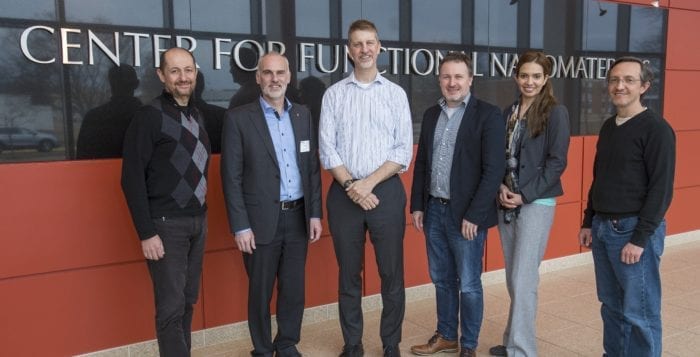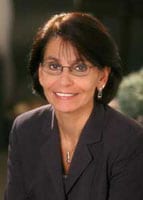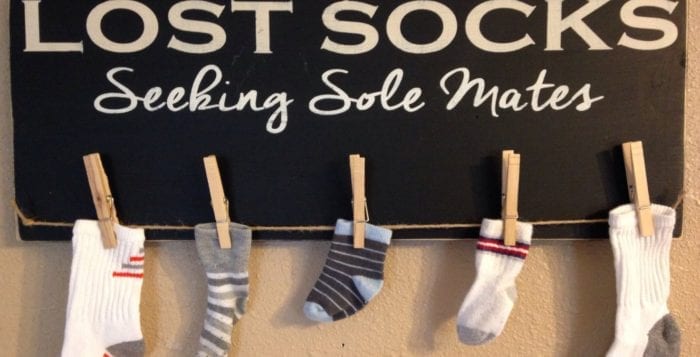By Matthew Kearns, DVM

The smell of spring is in the air and we all want to be outside implementing our New Year’s resolution. However, too much too fast leads to injury. The same holds true for pets. This article will describe some techniques to loosen up your dog before exercise, as well as a modality after exercise to help with pain.
Heat: Heat packs can be used before exercise to improve hemodynamics (blood flow), neuromuscular (decreased spasms and pain) and flexibility. Increased blood flow relaxes muscles before any activity by slowing down the firing of nerve synapses. This decrease in nerve firing reduces pain associated with ischemic nerves. Lastly, heat increases flexibility in connective tissue such as tendons and ligaments.
Massage therapy: The word “massage” is derived from the Arabic word “mass,” which means “to press,” and creating pressure has both physiologic and positive psychologic effects. Physiologically, massage decreases edema and muscle spasms, reduces adhesions within tissues, and facilitates the regression of sensory pain. Massage can be performed both postsurgically and pre-exercise. Psychologically, multiple studies have proven that the physical touching of animals reduces the amount of stress hormones circulating throughout the body.
Range of motion: Range of motion exercises increase flexibility, prevents adhesions between muscles/tendons/ligaments and bone and prevents further injuries to joints/muscles/tendons/ligaments. There are two types of range of motion exercises: passive and active. Passive range of motion consists of flexing and extending of joints for the patient.
The most common orthopedic injury in veterinary medicine is an ACL tear, so we’ll use that joint as our example. Passive range of motion on the knee joint would include stabilizing the thigh with one hand and gently bringing the shin into as close to full flexion and then close to full extension as the patient will tolerate. This same technique can be used for any joint in the body.
Active range of motion would include active muscle contraction. Using the knee as an example one more time, active range of motion would include encouraging the patient to sit and then stand up again (this is much easier for dogs than cats). Usually five to 10 repetitions and two to three cycles (if the patient will tolerate).
Cryotherapy: Cryotherapy is derived from the two Greek words “kryos,” meaning “icy frost,” and “therapeia,” meaning “healing.” It is the use of cold to aid in healing. Inflammation triggers vasodilation and increased permeability of vessels leading to edema, or generalized swelling of the tissues. The result is decreased oxygen to injured tissues, secondary cell death, release of more inflammatory chemical and more edema.
Cryotherapy can be used both in the acute phase of tissue injury (trauma, postsurgically), as well as after exercise/rehabilitation to minimize adverse secondary inflammatory responses. Cryotherapy counters this edema and pain with vasoconstriction, reduction in edema, desensitization of nerves and decreased muscle spasm.
I hope this information helps. It is far from comprehensive but some basic exercises and treatment modalities that can be helpful in keeping our pets active, healthy and happy.
Dr. Kearns practices veterinary medicine from his Port Jefferson office and is pictured with his son Matthew and his dog Jasmine.












 Michele Bacigalupo of Lake Grove recently snapped this photo of a beautiful sunset on her iPhone. She writes, ‘I call myself a sky chaser and lover of photography! My grandchildren tease me by saying I’m trying to capture the beauty! And what a beautiful sky it was!’
Michele Bacigalupo of Lake Grove recently snapped this photo of a beautiful sunset on her iPhone. She writes, ‘I call myself a sky chaser and lover of photography! My grandchildren tease me by saying I’m trying to capture the beauty! And what a beautiful sky it was!’








